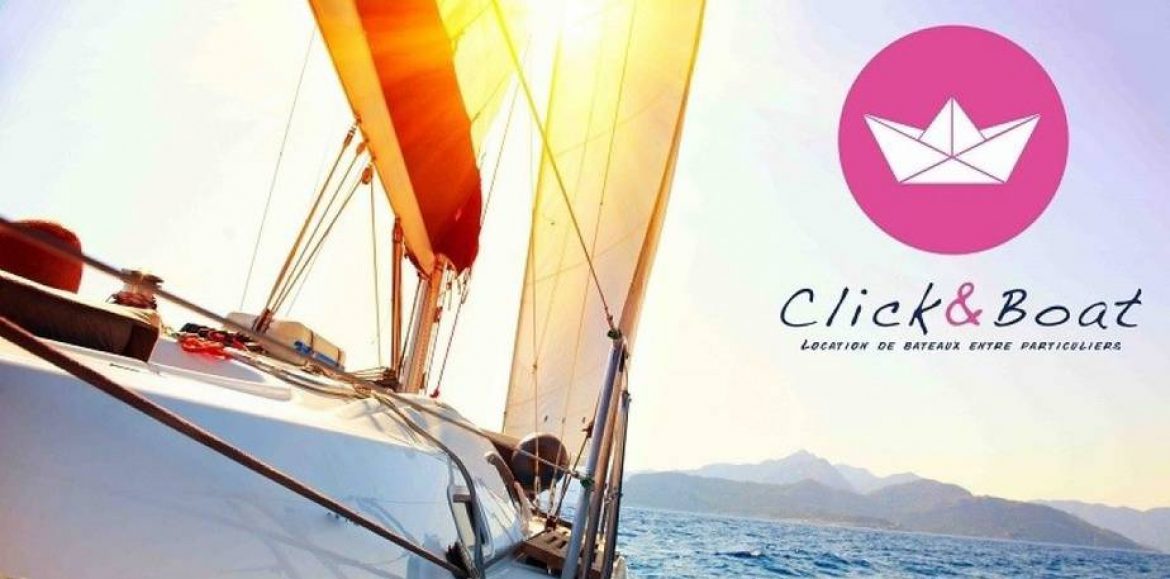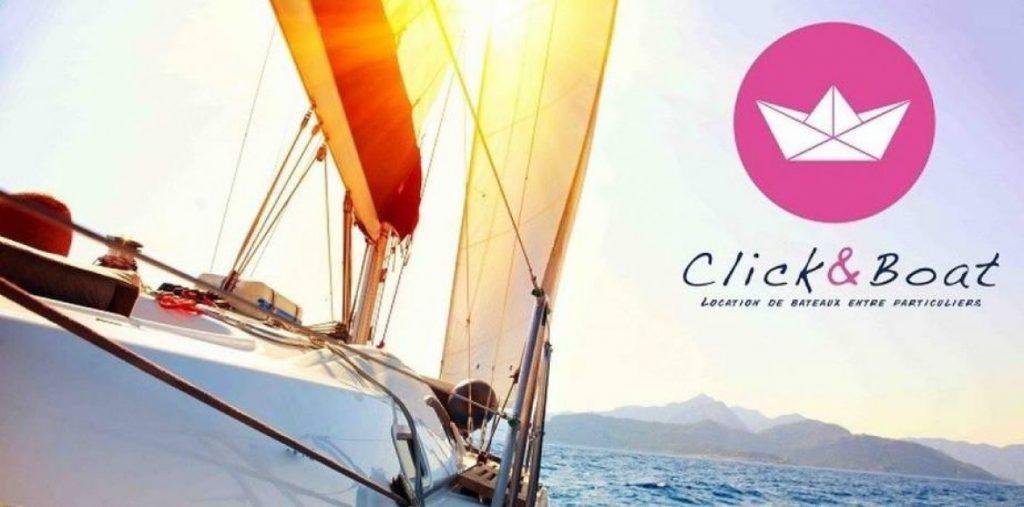Startup and internationalisation: mission (im)possible?

The Click & Boat case
The high operating cost of boats for a very low rate of use was the key problem that brought Click & Boat to life.
Created in France in 2014, the Click & Boat platform connects private boat owners and renters. It offers 8000 vessels in 362 ports in 22 countries from Croatia to Italy, Spain and Greenland. In less than three years already 40% of boat owners using Click & Boat are from abroad.
And from the renters’ side, the startup has even more international traction with reservations coming from South American or U.S. clients.
Click & Boat’s founders went further by acquiring Sailsharing, the sector leader created just one year earlier in 2013. They invested deeper in this international growth by raising one million euros in capital, which makes Click & Boat the best financed european start-up in the sector.
After opening Click & Yacht for luxury reservations, Click & Boat plans to launch new platforms for other segments. Clearly the start-up’s ambition focuses on international growth for achieving leadership in its sector.
Adjusting the internationalisation strategy to the business situation
Any enterprise, even start-ups, has several internationalisation options, depending on its competitive positioning and its development level. Click & Boat shows some examples:
- Acquisition: Click & Boat buys out its competitors by acquiring Sailsharing, the market leader.
- Strategic business units: Click & Boat creates Click & Yacht to be closer to customers in a new market segment.
- Pure-player strategy: Click & Boat applies a model that is 100% digital, which allows it to optimize localisation and product/service availability anywhere in the world.
SMEs and startups need exports to grow faster
Domestic markets are not enough for a development pace comparable to that of Chinese or U.S. companies.
However, the further the markets where SMEs and startups internationalize, the higher the risks and costs. On the opposite, digital & cross-border exports allow to achieve new business in nearer markets first and through digital models such as e-commerce or marketplaces, either B2C or B2B.
This is the best export strategy for SMEs and startups in terms of costs and risks. The challenge then is to accelerate this strategy at the right pace in order to benefit from the great business growth and competitive power that export brings.
